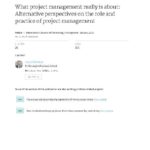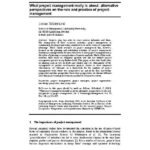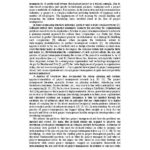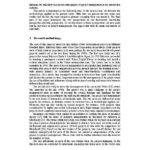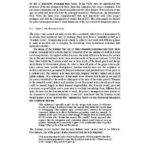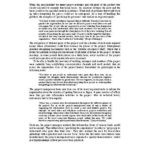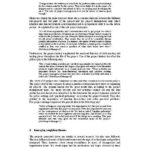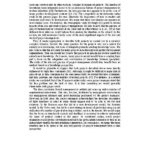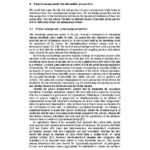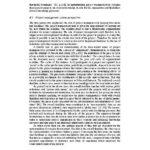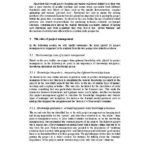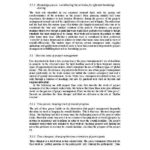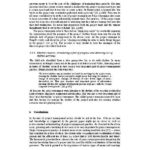Purchasers and residents of strata properties can breathe easier thanks to the introduction of the Register of Property Managers. Stakeholders hailed the move as “liberalising” the industry.
Launched on Jan 11, the register is the latest twist in a decade-long debate over the status of property managers in national legislation.
This included the controversy over defining the term in the Strata Management Act 2013.
Minister of Urban Wellbeing, Housing and Local Government (KPKT) Tan Sri Noh Omar said: “I am confident that introducing the Register of Property Managers will raise the standards of property management in the industry.
“In addition, with the Board of Valuers, Appraisers, Estate Agents and Property Managers (BOVAEP) regulating the profession, it is my hope that all property managers will help improve living standards for society at large.”
